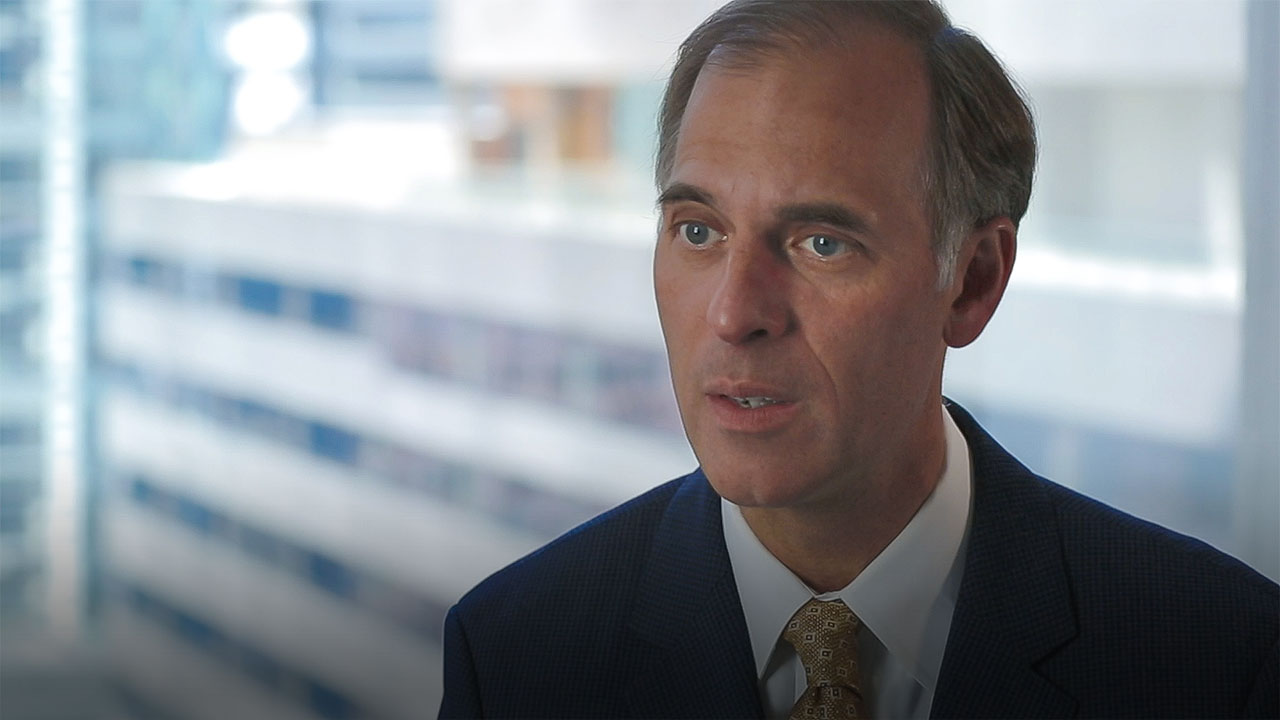Our Solutions
$1.5 billion
Our solutions include $1.5 billion in community investments, the largest library of place-based data on the web, and research that informs public initiatives by 24 city, state and municipal governments.
Partnering for family success

“Pay for Success made it possible for us to create a model which we believe as clinicians can end homelessness, address trauma and create a safe permanent home for a child.”
In 2014, TRF joined the nation’s first county-level Pay for Success program. Sometimes called a “social impact bond,” Pay for Success is a new way for governments to fund socially beneficial programs that save public dollars. Partnering for Family Success is designed to help Cuyahoga County, OH, reduce the amount of time that the children of homeless parents spend in foster care. The program will coordinate services in order to reunite families in stable, affordable housing or find other permanent solutions for foster children. It’s better for families and less expensive for the county government, and it’s through those cost savings that the Pay for Success investments will be repaid. This program is only the sixth Pay for Success project in the country, and TRF provided the senior loan that supports this $4 million initiative.
Financing healthy food nationwide
TRF has invested more than $200 million to increase healthy food access—work that began in 1999 with a loan to support a new supermarket at the Victory Square shopping center in North Philadelphia.
Four years later, TRF helped launch the nation’s first healthy food financing program, the Pennsylvania Fresh Food Financing Initiative. This program supported grocers in underserved urban and rural areas across the commonwealth, from the Boyer’s Food Market in Orwigsburg to a Shop n’ Save in Pittsburgh’s Hill District. State Representative Dwight Evans helped secure a $30 million investment from the Pennsylvania Department of Community and Economic Development. TRF managed the state funds and raised another $145 million in additional investment. The initiative, a partnership with The Food Trust and the Urban Affairs Coalition, brought 1.6 million square feet of food retail to underserved communities statewide, improving access for more than 400,000 residents and creating over 5,000 jobs.
The PA Fresh Food Financing Initiative improved access for more than 400,000 Pennsylvanians and created over 5,000 jobs.
This successful program has inspired similar initiatives in nine other cities and states and laid the groundwork for the federal Healthy Food Financing Initiative, which has granted $140 million to organizations working to improve healthy food access nationwide.
A clean and sustainable energy future

TRF financed five of Pennsylvania’s first six wind projects. Today, Pennsylvania annually generates more than 3,500 gigawatt hours of electricity from wind, enough to power every home in the city of San Francisco for a year.
Neighborhoods fight blight and abandonment
In the early 1980s, residents of North Camden—rife with unemployment, poverty, and vacant, burned out buildings—decided to organize to address blight and abandonment in their neighborhood. Concerned Citizens of North Camden Land Trust secured formal ownership of 140 abandoned properties from the city in 1984, but commercial banks were not eager to invest.
Newly formed, TRF (then the Delaware Valley Reinvestment Fund) had experience with community organizing and a mission to support just this kind of urban renewal. The Land Trust became one of our first borrowers, receiving an initial $23,000 to support its restoration work. Ten years and $850,000 later, commercial lenders finally began to follow suit.
“[TRF] stepped out on a limb for us when no one else would. They made it possible for ordinary people to do extraordinary things.”
This early experience laid the foundation for TRF’s ongoing work across the country to support affordable housing through lending, development and research, and TRF has continued to invest in Camden.
Since 1991, we have partnered with Saint Joseph’s Carpenter Society, which rehabilitates blighted and abandoned buildings in East Camden. Over 10 years, the presence of St. Joe’s houses raised the median sales price of surrounding homes by 42% at a time when neighborhoods in Camden were generally on the decline. All told, TRF has supported St. Joe’s rehabilitation and new construction of more than 500 homes.
Leading efforts to protect homeowners
“TRF has been on the vanguard of research related to foreclosure, foreclosure mitigation and all the issues that have surrounded that. TRF has been quite helpful in trying to guide policymakers with regard to what’s effective, what’s not effective, and how to design policy so that we can help more of these homeowners stay in their homes.”









